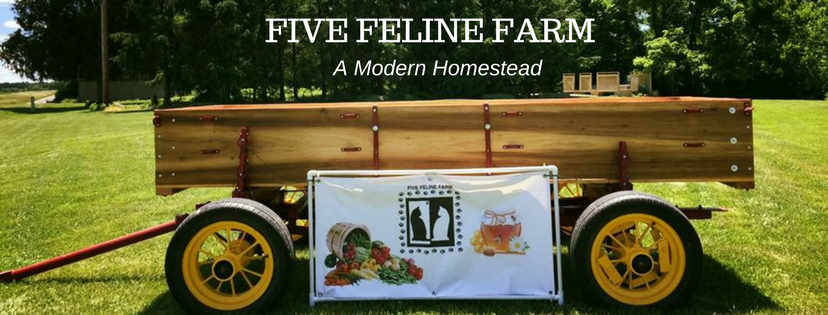Oh, the longing to forage some fresh food. Perhaps something from the garden. Maybe the woods or the herb bed.
But it is February and our ancestors chose to settle in Central Illinois. Foraging in mid-winter is restricted by snow, low temperatures and a season of rest.
But we still want to eat fresh foods.
Local foods.
Whole food.
Food that has not been treated with chemicals or grown from some frankinseed that Grandma wouldn’t recognize. Food that is not processed from some combination of ingredients with five syllable names.
Forage In The Freezer
The freezer is full of seasoned tomato sauce, carrots, peppers, onions, garlic bulbils and chive blossoms.
Forage In The Pantry
The pantry holds rows of tomato juice, pickles, jellies, jams, pie fillings, hot pepper sauce and relishes. A basement grow station is providing fresh lettuce, basil and cilantro.
The vegetable part of our diet is now primarily home grown. Then there is the meat issue. We made a conscious decision not to grow, harvest or butcher our own meat, but have no desire to embrace vegetarianism.
Forage Down The Road
Winter foraging also includes checking out local sources for meat and staples. Somewhat like a scavenger hunt but delicious rewards.
Since this kitchen produces a significant quantity of baked goods, flour is a very important staple. We are now sourcing this locally from Hodgson Mill in Effingham, IL. Their grain is purchased as locally as possible, much of it is organic and all flour is milled in Effingham. Thirty miles down the road definitely qualifies as local.
Beef, pork and chicken are the next foods we are looking for locally. But we want more than just local. Pastured, free-range, no hormones and allowed to naturally graze are important features.
Each of these decisions brings us closer to a more healthful way of eating. That is the goal.
Are you making any changes in your approach to food? Post a reply and let us know what you are doing.
While you are thinking about food, check out Hodgson Mill.
And, if you haven’t already downloaded your free copy of The Wisdom of the Bees, it only takes an email address. Just visit our website: Five Feline Farm






